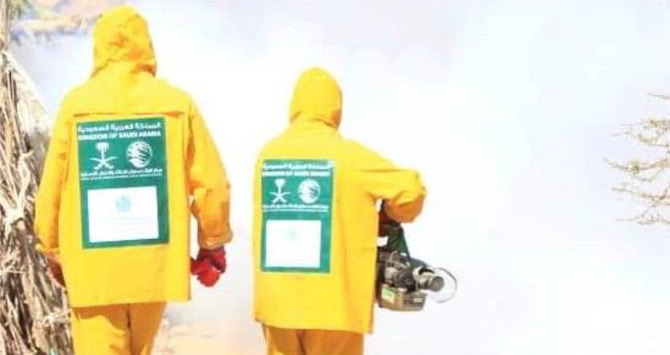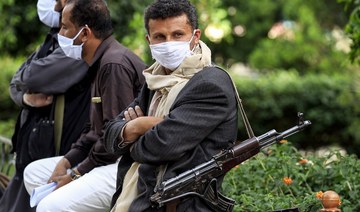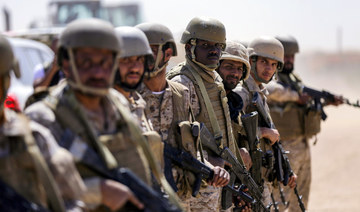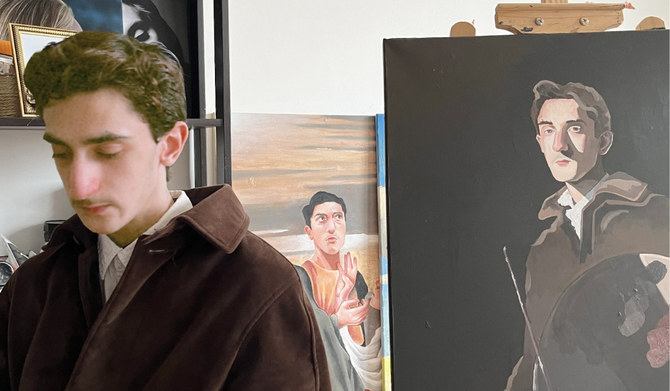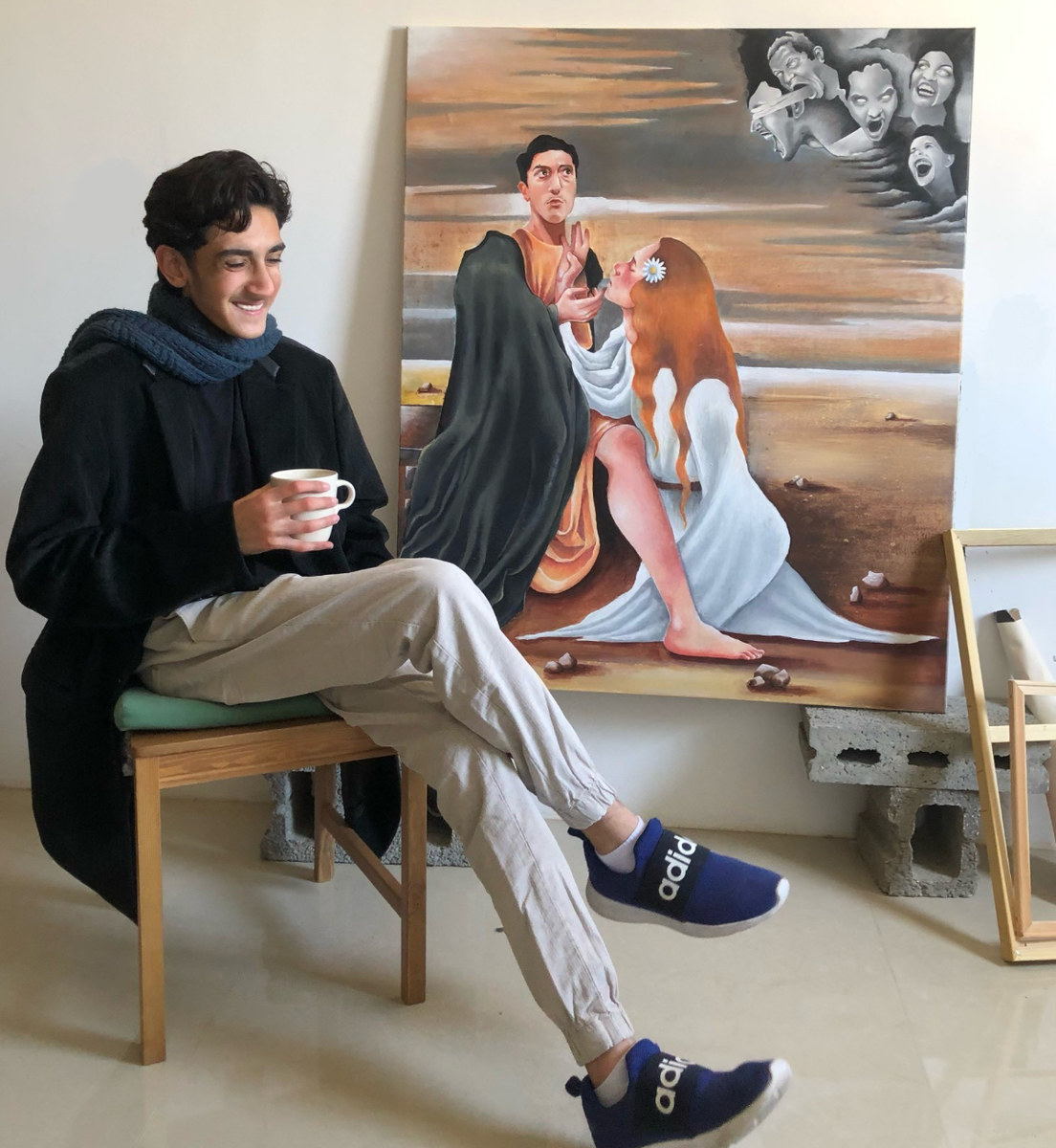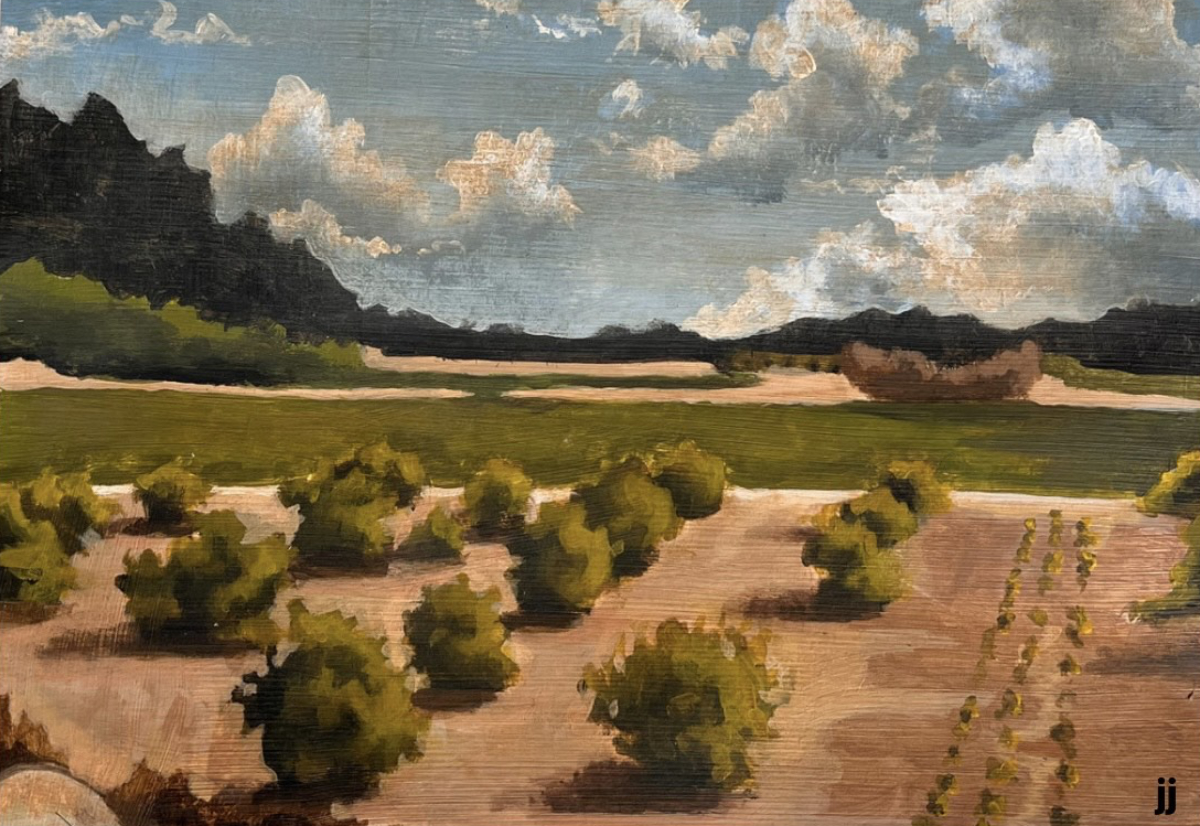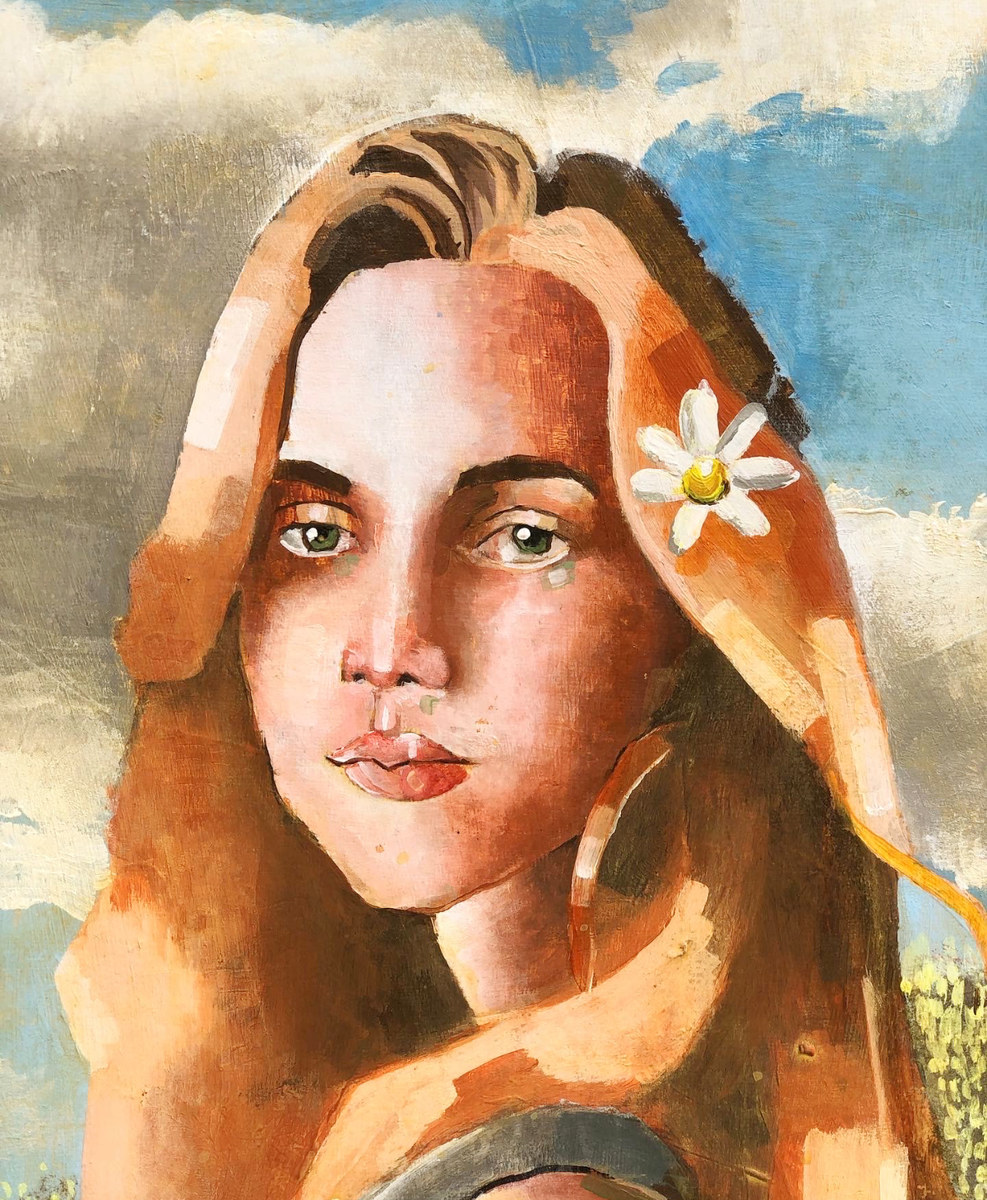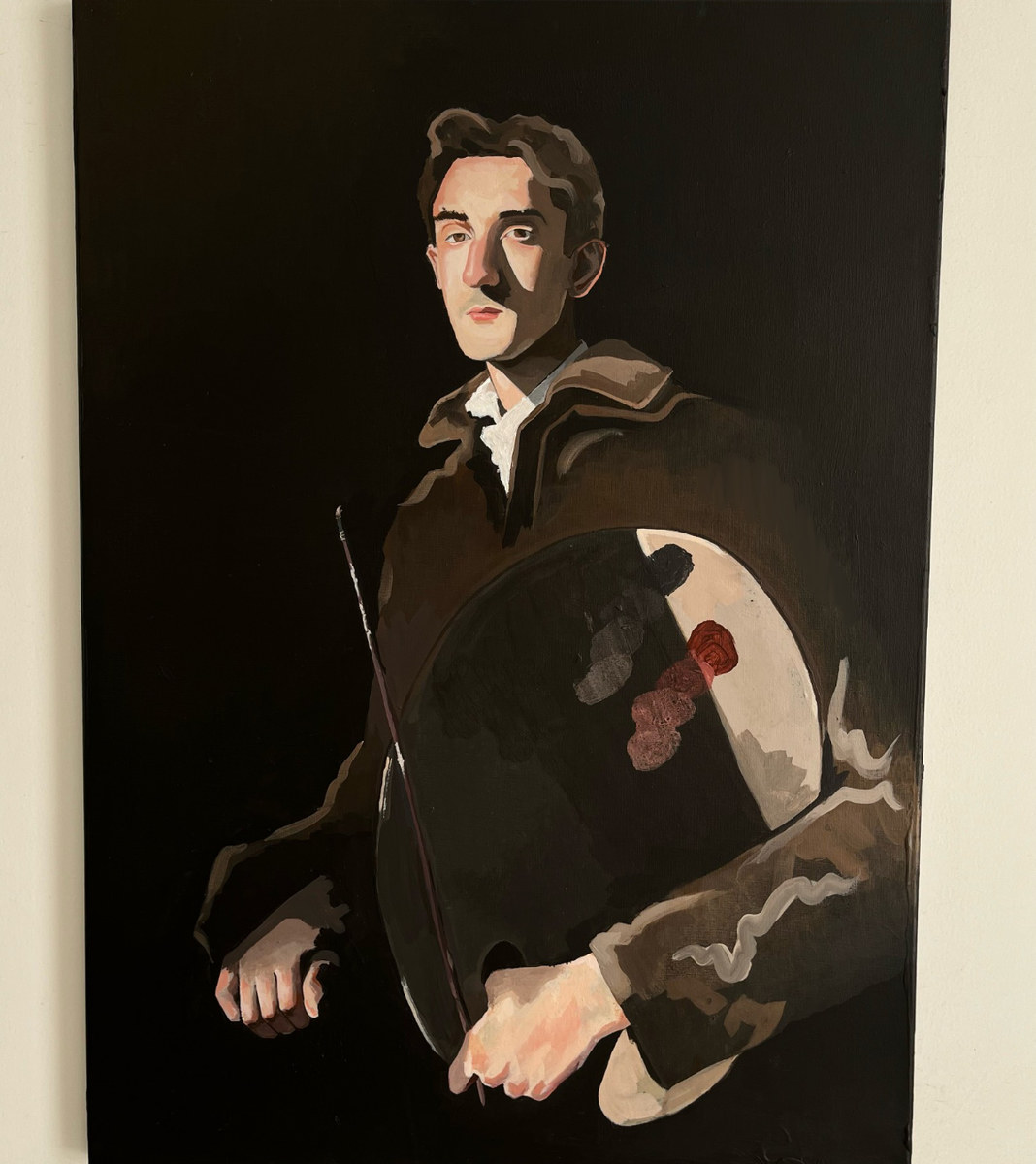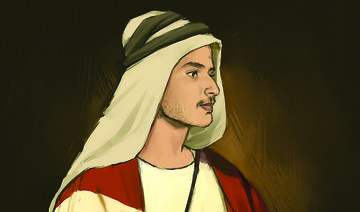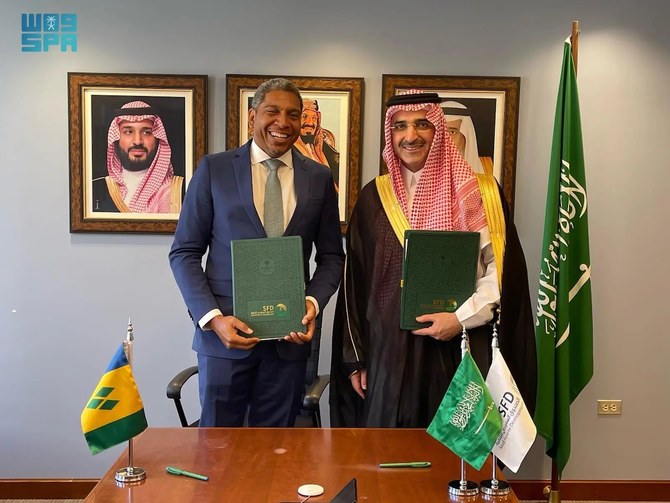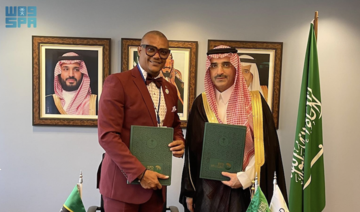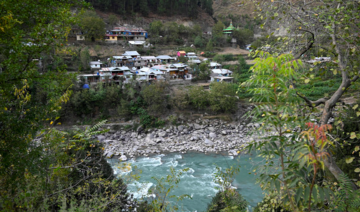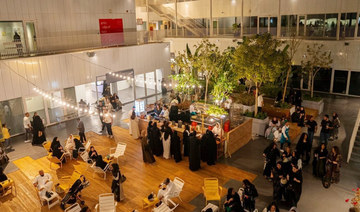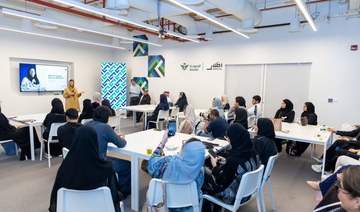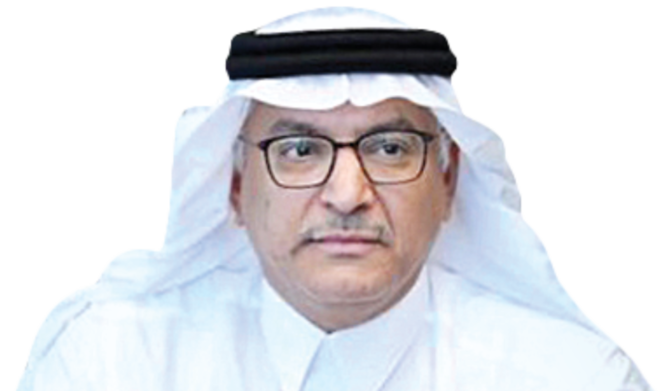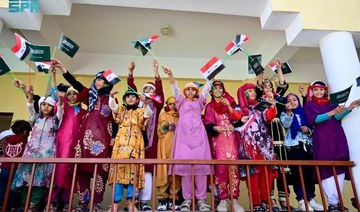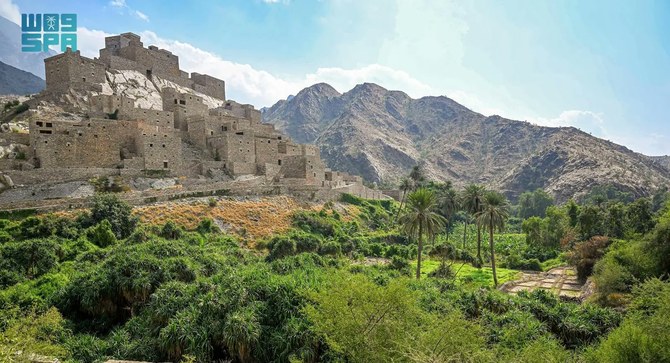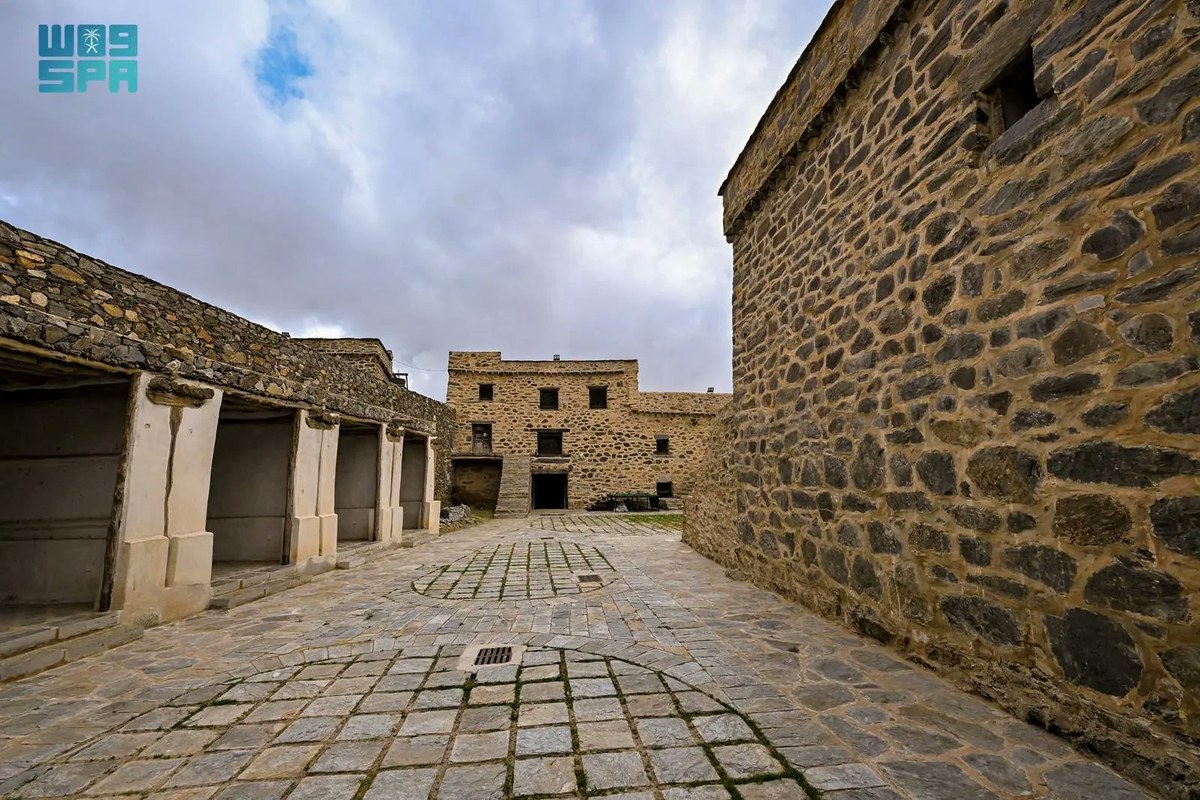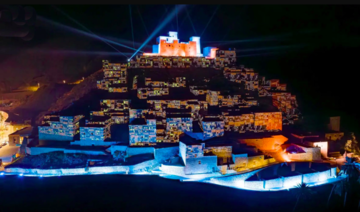RIYADH: Saudi Arabia is leading a $10.5 million fight against the life-threatening disease malaria in Yemen.
The 18-month project, being carried out by the King Salman Humanitarian Aid and Relief Center (KSRelief) in partnership with the World Health Organization (WHO), will help to protect 7 million Yemenis from the parasitical infection spread by mosquitoes.
Malaria has caused suffering and death in Yemen for years, particularly among children and pregnant women in coastal areas.
Through more than 50 initiatives in affected provinces throughout the country, KSRelief aims to drastically reduce the spread of the disease.
The executive program includes providing drugs for patients with moderate and severe malaria symptoms and boosting the WHO and Yemeni government’s medicine stocks to deal with any outbreaks.
The Saudi center is also working to provide hospitals and health care centers with the necessary laboratory equipment and consumables for diagnosing malaria, while distributing pesticide-saturated mosquito nets to 1,300,000 refugees, and 1,500 automatic pumps to spray affected areas, houses, schools, and markets with pesticides to control mosquitoes.
In addition, KSRelief has offered specialist equipment for identifying the genetic mutation of parasites, larvae and mosquitoes and locating areas where insecticide-resistant mosquitoes and larvae reproduce. Health awareness is a key part of the project too, with more than 3,500 health cadres undertaking skills training through one of Yemen’s largest programs of its kind.
WHO specialists have been assigned to oversee the project and support Yemen’s National Malaria Control Program (NMCP) by sending Yemeni cadres abroad for six months to acquire specialized diplomas, which will contribute to the scheme’s sustainability and raise the efficiency of its workers.
The executive project is also working to establish two centers to treat severe malaria cases along with seven central hospitals and provide them with diagnostic and treatment gear, medicines, and medical supplies for malaria cases.
Similarly, the project is supporting the Health Ministry’s NMCP by sending 10 of its doctors on intensive specialized training in neighboring countries.
Several initiatives and preventive measures aimed at combating the dengue epidemic in Yemen are underway as part of the aid project, such as the distribution of medicines and medical supplies.



